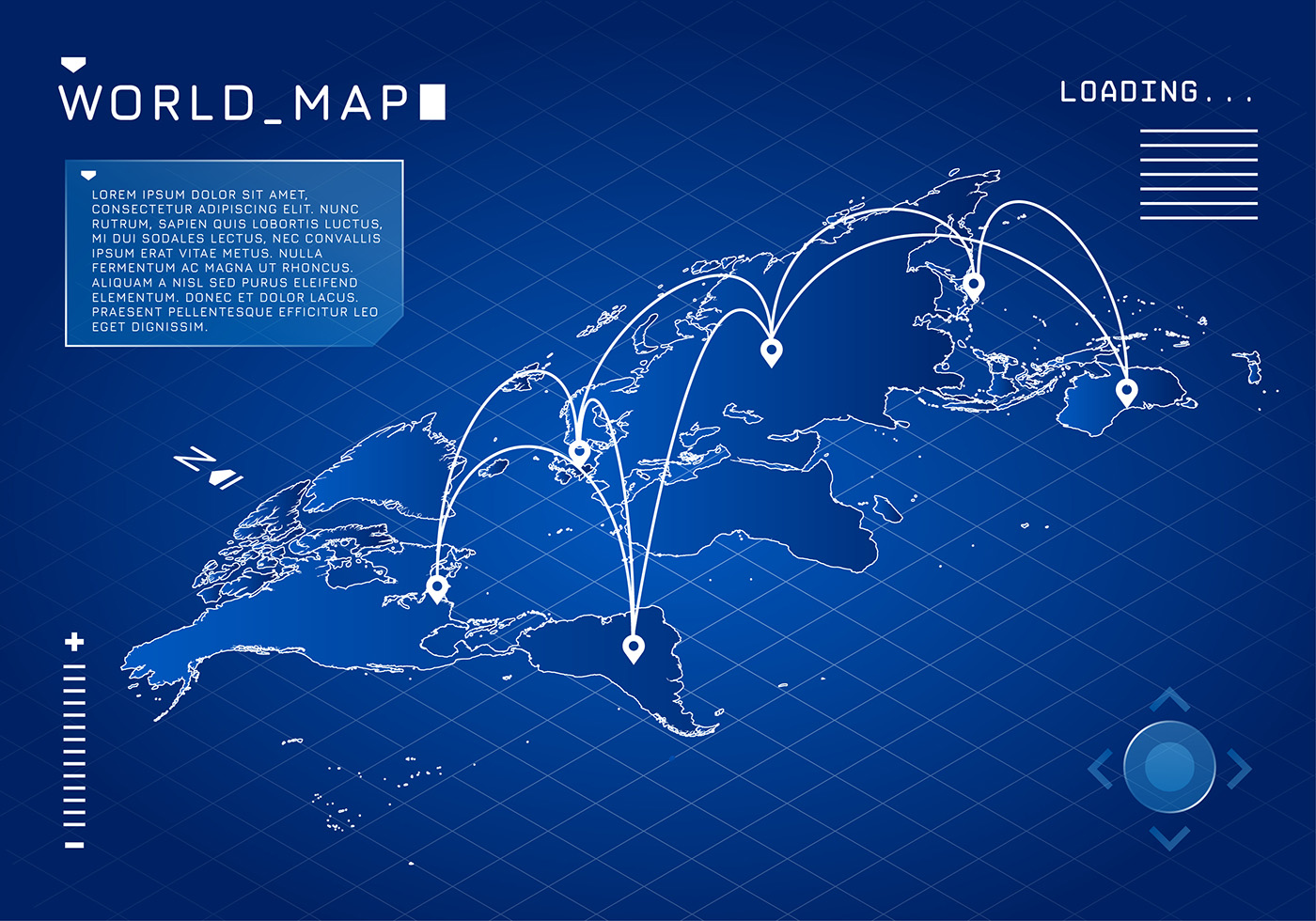
Our results also show that Titan’s surface is dominated by sedimentary or depositional processes with a clear latitudinal variation, with dunes at the equator, plains at mid-latitudes and labyrinth terrains and lakes at the poles.
The dunes and lakes are relatively young, whereas the hummocky or mountainous terrains are the oldest on Titan. We extract the relative dating of the various geological units by observing their spatial superposition in order to get information on the temporal evolution of the landscape. The spatial and superposition relations between major geological units reveals the likely temporal evolution of the landscape and provides insight into the interacting processes driving its evolution. Correlations between datasets enabled us to produce a global map even where datasets were incomplete. Here we identify and map the major geological units on Titan’s surface using radar and infrared data from the Cassini orbiter spacecraft. However, Titan’s thick and hazy atmosphere has hindered the identification of its geologic features at visible wavelengths and the study of its surface composition 4.

Despite the differences in materials, temperatures and gravity fields between Earth and Titan, many of their surface features are similar and can be interpreted as products of the same geologic processes 3. Titan has an active methane-based hydrologic cycle 1 that has shaped a complex geologic landscape 2, making its surface one of most geologically diverse in the Solar System.


 0 kommentar(er)
0 kommentar(er)
